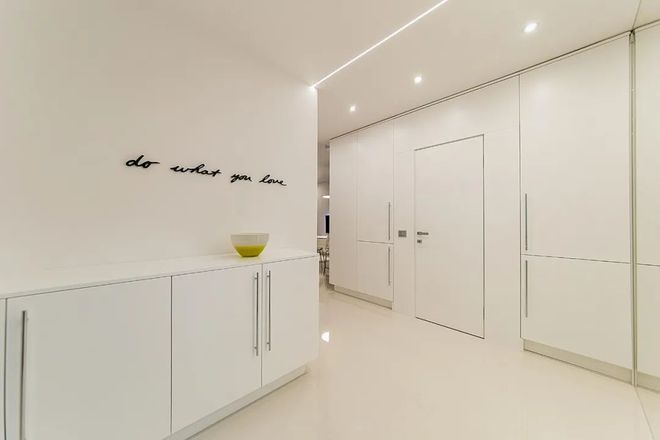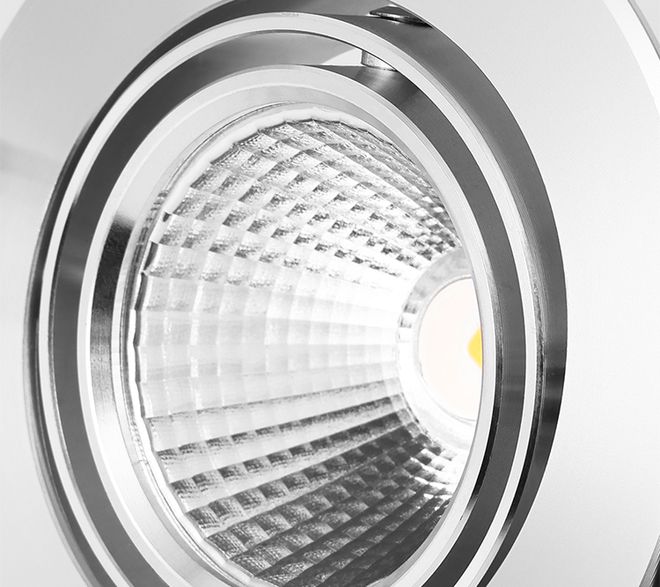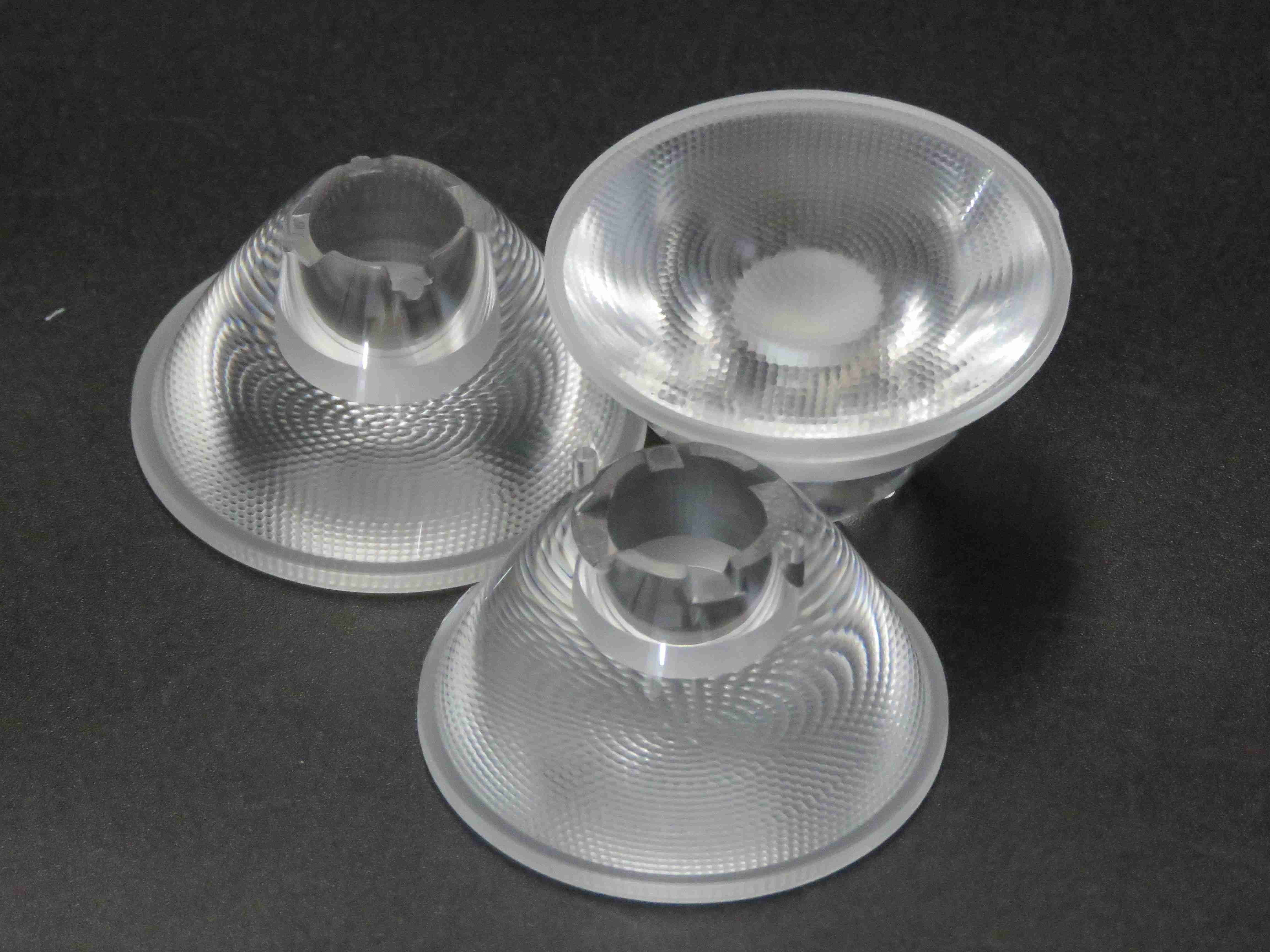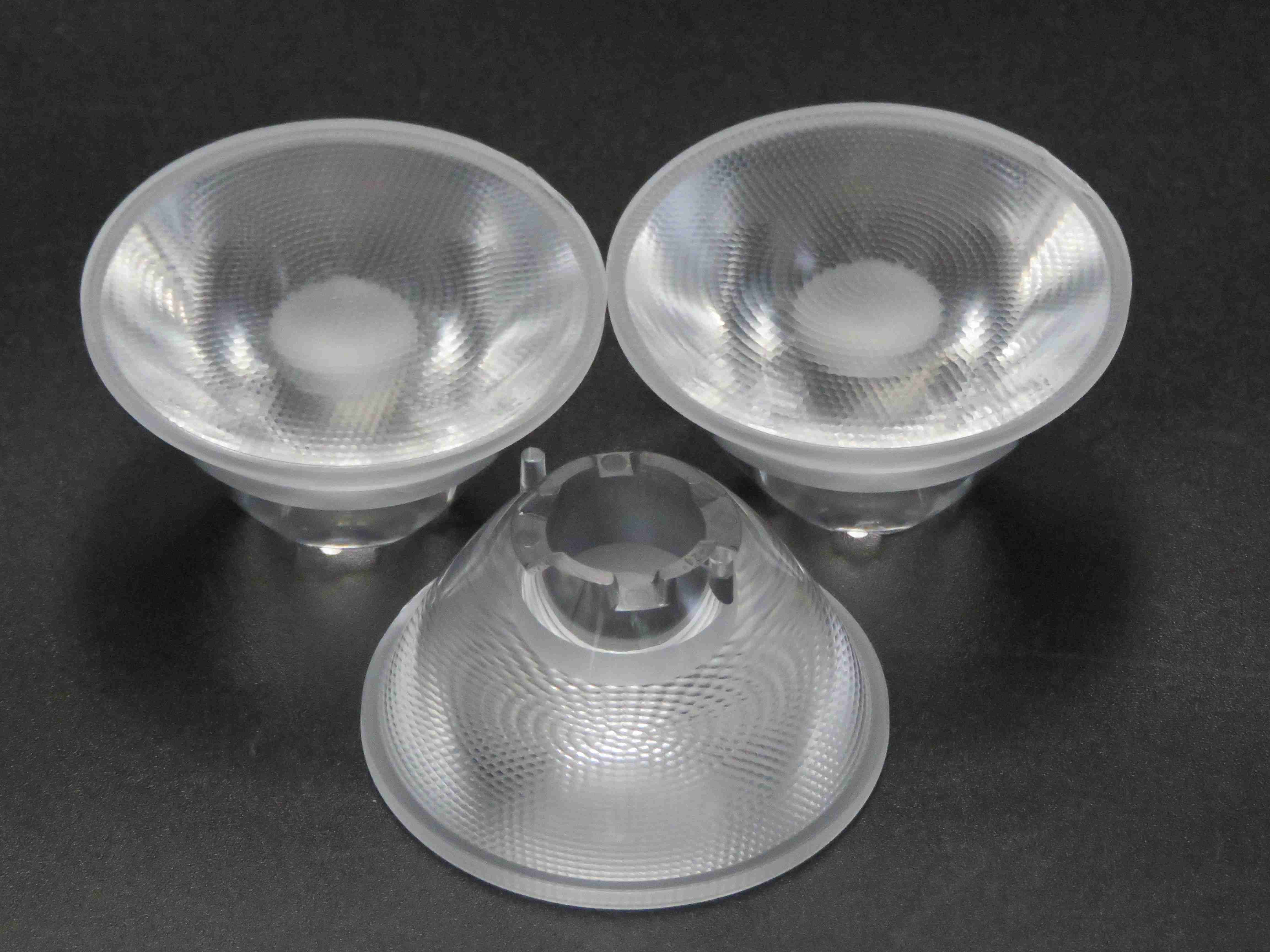Many owners have a very worrying problem when designing mainless lamps: the design of mainless lamps is inseparable from "downlights" and "spotlights", and infants and young children at home are generally in a "lying" state. In this case, the light will directly shine on the child's eyes, will it affect the child?
Today, let's take a look at whether there will be glare when installing downlights and spotlights.
Why do we use downlights and spotlights?
No matter what kind of design, you can't do without them. Generally, in the design, the common "auxiliary light sources" are downlights and spotlights. They are also the protagonists in the design of mainless lamps.
Downlights and spotlights bring more layers and textures to the light source design in home life, create an atmosphere, highlight key points, and restore the quality of details. The reason why these different light source design needs can be met is due to the fine lighting design.
Here to introduce a concept - "beam angle".

1. Beam angle
If you just talk about "light" alone, then the downlights and spotlights in the home environment actually "have no obvious boundaries".
If you want to meet different lighting design requirements, there are many other points that need to be paid attention to. Let's take a look at the "beam angle" first.
The beam angle is the angle from the centerline of the beam to the point where the light intensity decreases to 50% of the maximum light intensity on the centerline. The beam angle describes how the light source's beam radiates outward from the beam centerline.
The beam angle reflected on the illuminated wall is the "spot size" and "light intensity". If the same light source is used in reflectors with different angles, the larger the beam angle, the smaller the central light intensity and the larger the spot. The same applies to the principle of indirect lighting. The smaller the beam angle, the greater the ambient light intensity and the worse the scattering effect.
Generally, lamps are divided into three beam angles: narrow, medium and wide. The narrow beam angle is <20°, the medium beam angle is 20°~40°, and the wide beam angle is >40°.
Beam angles of different sizes are suitable for different application scenarios. E.g:
The narrow beam angle of 15° has strong focus and can highlight the irradiated object.
The wide beam angle of 37° can illuminate the main object and surroundings clearly.
60° ultra-wide beam angle, larger illumination range, can illuminate a certain area clearly.
The beam angle of conventional downlights and spotlights is achieved by the refraction of "reflectors" or "lenses".

2. Reflector
The reflector refers to a reflector that uses a point light bulb as the light source and requires long-distance spotlighting, commonly known as a reflector.
A reflector is a type of reflective device. The reflective device refers to controlling the illumination distance and illumination area of the main light spot through a light reflector in order to utilize the limited light energy.
Influencing factors: "Reflectivity", also known as the efficiency of the coating layer to reflect visible light.
Comparison of reflectivity of common materials:
Vacuum Meson Plating>Vacuum Aluminum Plating>Anodizing

There are three commonly used reflector materials:
Plastic reflector
One-time stripping is completed, the cost is low, and the disadvantage is that the temperature resistance is poor, and it is often used in lamps with low temperature lighting requirements.
Metal reflector
It needs to be stamped and polished. The advantages are moderate cost and temperature resistance. It is often used in torches and portable lamps.
Glass reflector
One-time stripping is completed, high optical precision, no deformation memory, temperature resistance, the disadvantages are high cost, brittleness, and heavy weight. Commonly used in high-quality products that do not require movement. Such as movie projectors, searchlights, train headlights, etc.
3. LED COB Lens
A lens is an optical element made of a transparent material whose surface is a part of a spherical surface. The lens is composed of several lenses, including "plastic lens" (plastic) and "glass lens" (glass). Glass lenses are more expensive than plastics.
A glass or plastic component used in lamps can change the direction of light or control the distribution of light.

After understanding the commonality of downlights and spotlights - the "light" part, let's take a look at their respective characteristics.
4. Distinguish
Downlights: Small lamps that emit light vertically downward.
Spotlight: A luminaire that can adjust the direction, focus light on a small area, and play the role of accent lighting.
To distinguish from the above definition, downlights are "fixed downwards" and spotlights are "adjustable in direction".
spotlight

5. Downlight
The light outlet of the downlight generally uses a "high transmittance" optical lens, and the light is very direct. Unlike lamps such as ceiling lamps, the light outlet of the downlight is not blocked by other materials, and the light will not be scattered and weakened.
The light-emitting angle of the downlight one is relatively large, and the common ones are 50°, 70°, 100°, and 120°. The light of the downlight is relatively soft, and the range of space that can be illuminated is relatively large.
Divided into "embedded downlights" and "illuminated downlights".

6. Spotlights
The light-emitting angle of the spotlight is relatively small, and the common angles are 15°, 24°, and 38°. Compared with downlights, the illumination angle and illumination range of spotlights are smaller. Spotlights are suitable for illuminating objects or as local lighting to create a sense of hierarchy in the space.
There are many types of spotlights, which are divided into "installation methods", including "surface mounted spotlights", "recessed mounted spotlights" and "track spotlights". There are "adjustable" and "non-adjustable" illumination angles.

7. Anti-glare
The design of the downlight creates what most people consider to be "glare". Therefore, "anti-glare design" is very necessary.
